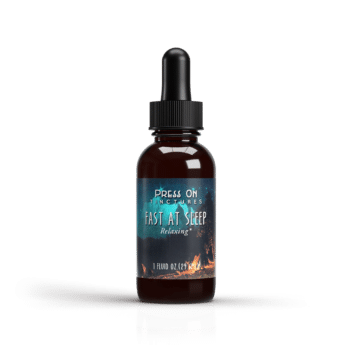
Catnip in Herbal Medicine
Catnip in Herbal Medicine
# Catnip in Herbal Medicine
Catnip, scientifically known as Nepeta cataria, is a fascinating herb that has been used in herbal medicine for centuries. While many people are familiar with catnip for its amusing effects on cats, its uses extend far beyond feline entertainment. This article explores the benefits and applications of catnip in herbal medicine, shedding light on how this humble plant can be a valuable addition to your natural health toolkit.
Understanding Catnip
Catnip belongs to the mint family and is native to Europe and Asia. It has heart-shaped, serrated leaves and small, white or lavender flowers. While it is perhaps best known for its effects on cats, catnip has a long history of use in traditional herbal medicine for humans.
Traditional Uses
Historically, catnip has been used to treat a variety of ailments. Ancient healers valued it for its calming properties and often used it as a remedy for nervousness and anxiety. It was also employed to aid digestion and relieve minor aches and pains. Today, many of these traditional uses are backed by scientific research, making catnip a popular choice in modern herbal medicine.
Catnip Benefits
Catnip offers several health benefits, thanks to its active compounds, including nepetalactone, thymol, and carvacrol. Let’s delve into some of the most notable benefits of catnip.
Calming and Relaxing Effects
One of the most well-known benefits of catnip is its calming effect. When consumed as a tea or tincture, catnip can help reduce stress and anxiety. It acts as a mild sedative, promoting relaxation and improved sleep quality. This makes catnip a natural choice for individuals dealing with insomnia or stress-related sleep disturbances.
Digestive Aid
Catnip can also support digestive health. It has been traditionally used to alleviate symptoms of indigestion, bloating, and gas. The herb’s carminative properties help relax the muscles of the digestive tract, making it easier for gas to pass and reducing discomfort.
Pain Relief
Catnip contains compounds that possess analgesic properties, which can help relieve minor aches and pains. It is often used in herbal remedies for headaches, menstrual cramps, and muscle soreness. Applying catnip-infused oil or using catnip in a poultice can provide localized pain relief.
Anti-Inflammatory Properties
The anti-inflammatory properties of catnip make it useful for soothing irritated skin and reducing swelling. It can be applied topically to insect bites, rashes, and minor wounds to promote healing and alleviate discomfort.
How to Use Catnip
Catnip can be used in various forms, depending on the desired effect and application. Here are some common ways to incorporate catnip into your herbal medicine routine:
Catnip Tea
Brewing catnip tea is a simple and effective way to enjoy its calming benefits. To make catnip tea, steep 1-2 teaspoons of dried catnip leaves in hot water for about 10 minutes. Strain and enjoy a soothing cup of tea before bedtime to help relax and unwind.
Catnip Tincture
Catnip tinctures are concentrated liquid extracts that can be taken orally or added to beverages. They provide a convenient way to enjoy catnip’s benefits on the go. Follow the instructions on the tincture bottle for the appropriate dosage.
Topical Applications
For skin-related issues, catnip can be applied topically. You can make a catnip-infused oil by soaking dried catnip leaves in a carrier oil, such as olive or coconut oil, for several weeks. This oil can be used to massage sore muscles or applied to irritated skin for relief.
Poultices and Compresses
Catnip poultices and compresses can be used to relieve pain and inflammation. To make a poultice, crush fresh catnip leaves and apply them directly to the affected area. Cover with a clean cloth and leave it on for 15-20 minutes to allow the herb’s properties to take effect.
Considerations and Precautions
While catnip is generally safe for most people, there are a few considerations to keep in mind:
- Pregnancy and Breastfeeding: Pregnant or breastfeeding individuals should consult a healthcare professional before using catnip, as its effects on pregnancy and lactation are not well-studied.
- Allergies: Some individuals may be allergic to catnip. It’s advisable to perform a patch test before applying catnip topically to check for any adverse reactions.
- Drug Interactions: If you are taking any medications, consult with a healthcare provider before using catnip to ensure there are no potential interactions.
Conclusion
Catnip is more than just a treat for your feline friend. With its calming, digestive, and pain-relieving properties, catnip has earned its place in herbal medicine. Whether you enjoy it as a tea, tincture, or topical remedy, catnip offers a natural way to support your well-being. As with any herbal remedy, it’s essential to use catnip responsibly and consult with a healthcare professional if you have any concerns. Embrace the power of this versatile herb and explore how it can enhance your herbal medicine practices.

